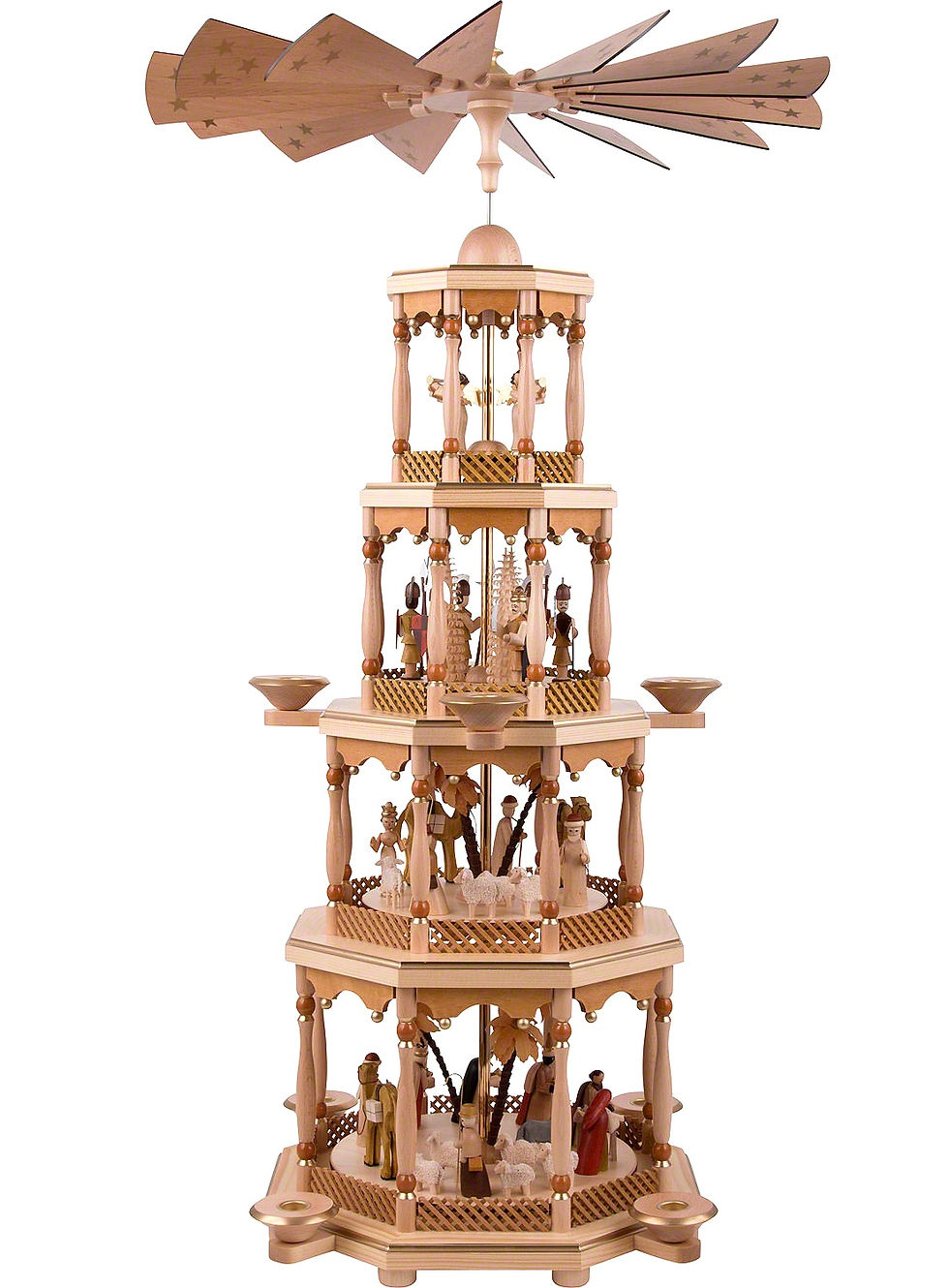The Advent Calendar or der Adventskalender, a German Christmas Tradition
- Paul Brock

- Dec 22, 2018
- 1 min read
The Advent calendar or “der Adventskalender” in German, is a German invention that was originally designed to involve children in the festivities leading up to Christmas. The calendars are usually made of cardboard and have 24 small windows or flaps, one of which is opened on each of the 24 days leading up to Christmas. Behind each window is a Christmas chocolate or candy. Sometimes there are even small toys. The price of the calendar can vary depending on the quality of the candy and/or toys in each the 24 windows.
The first hand-crafted Advent calendars were produced in the mid-19th century; the first printed calendar appeared in Munich in 1903. Originally, families would mark the 24 days of December preceding Christmas with a chalk line on the wall. This custom has been exported all over the world.
Christians often use the calendar as a teaching tool for their children. The calendar windows open to reveal an image, a poem, a portion of a story (such as the story of the Birth of Jesus Christ), along with candy. Often, each window has a Bible verse and Christian prayer printed on it, which Christians incorporate as part of their daily devotions.







Comments